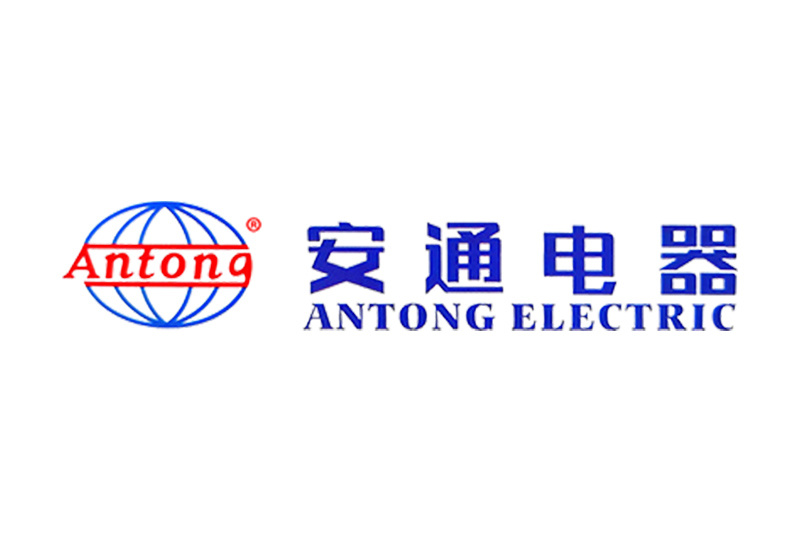Antong Electric - Connecting endless possibilities
Power cords can be customized to meet specific customer needs.
Conductor Stranding in Cables: Balancing Flexibility and Performance
Release time:
2025-10-10
In cable manufacturing, conductor stranding represents a fundamental process where multiple thin copper wires are twisted together rather than using a single solid rod. This approach offers several technical advantages:
In cable manufacturing, conductor stranding represents a fundamental process where multiple thin copper wires are twisted together rather than using a single solid rod. This approach offers several technical advantages:
1️⃣Flexibility Considerations
Stranded conductors generally demonstrate greater flexibility compared to solid cores. This characteristic can facilitate installation processes, particularly in applications requiring routing through confined spaces or complex pathways.
2️⃣ Electrical Performance Aspects
The multi-strand configuration may help mitigate skin effect phenomena, potentially promoting more uniform current distribution across the conductor cross-section. This can be particularly relevant in high-frequency applications or scenarios involving substantial current loads.
3️⃣ Mechanical Reliability
By distributing mechanical stresses across multiple strands, this construction approach may enhance resistance to pulling forces, vibration, and repetitive motion, potentially contributing to extended service life in demanding environments.
This balanced engineering approach supports various applications across power distribution and electronic systems.
COOKIES
Our website uses cookies and similar technologies to personalize the advertising shown to you and to help you get the best experience on our website. For more information, see our Privacy & Cookie Policy
COOKIES
Our website uses cookies and similar technologies to personalize the advertising shown to you and to help you get the best experience on our website. For more information, see our Privacy & Cookie Policy
These cookies are necessary for basic functions such as payment. Standard cookies cannot be turned off and do not store any of your information.
These cookies collect information, such as how many people are using our site or which pages are popular, to help us improve the customer experience. Turning these cookies off will mean we can't collect information to improve your experience.
These cookies enable the website to provide enhanced functionality and personalization. They may be set by us or by third-party providers whose services we have added to our pages. If you do not allow these cookies, some or all of these services may not function properly.
These cookies help us understand what you are interested in so that we can show you relevant advertising on other websites. Turning these cookies off will mean we are unable to show you any personalized advertising.
National Service Hotline:
Address: No. 25, Building 25, Chengguang Industrial Transformation and Upgrading Demonstration Park, 318 Chengguang Road, Dongxin District, Wenling City, Taizhou City, Zhejiang Province
Tel:0576-86998828
Fax: 0576-86998819
Email:wlat@sina.com



